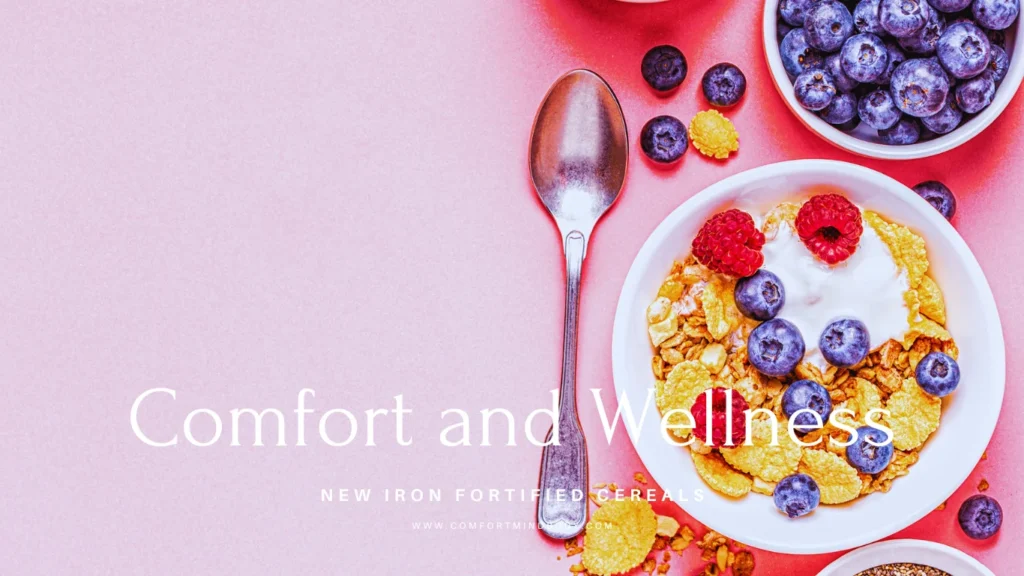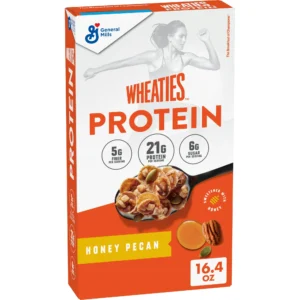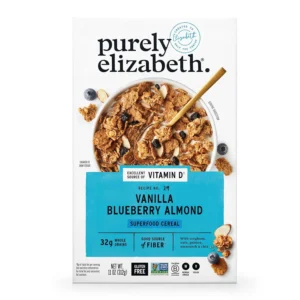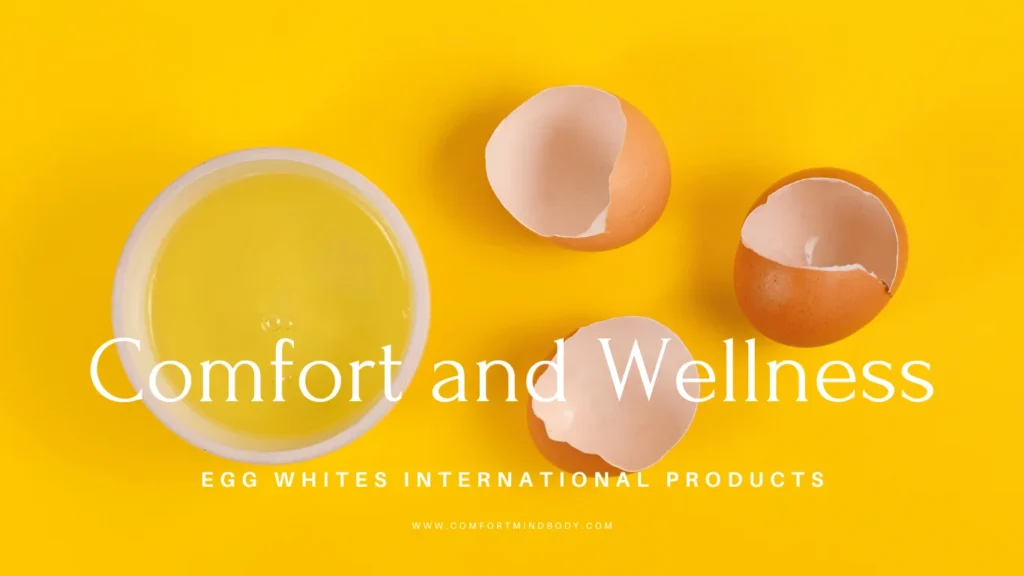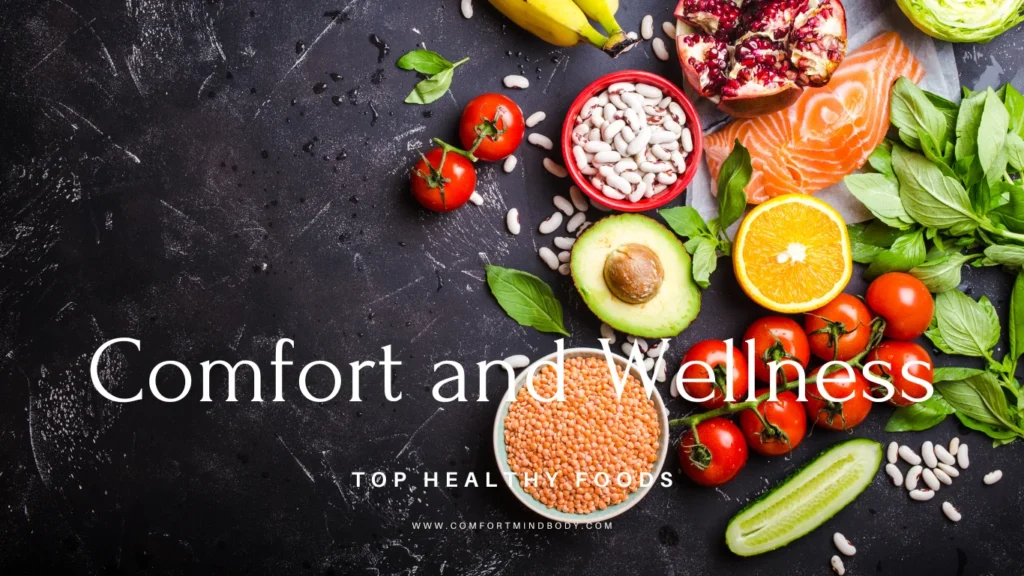Table of Contents
ToggleNew Iron Fortified Cereals
Iron Fortified Cereals. Iron, an essential nutrient, plays a crucial role in our bodies. It helps make hemoglobin. Hemoglobin is a protein in red blood cells. It carries oxygen from the lungs to the body’s tissues.
Furthermore, it supports our bodies’ growth and development and helps to maintain proper immune function. Therefore, it’s clear that an adequate iron intake is necessary for our overall health and well-being.
However, despite its importance, iron deficiency is a common nutritional problem worldwide, affecting both developing and developed countries. This deficiency can lead to anemia, a condition characterized by fatigue, weakness, and other health issues.
It is important to understand how iron helps our diet. We also need to know how to get enough of it.
The importance of iron in the diet cannot be overstated. It’s involved in a wide range of functions, including cognitive development, energy production, and immune function. Thus, it’s necessary to consume iron-rich foods regularly to meet our bodies’ iron requirements.
Understanding Iron Deficiency and Anemia
Iron Fortified Cereals
Iron deficiency happens when your body does not have enough iron. This lack of iron means your body cannot make enough hemoglobin. Hemoglobin is the part of your blood that carries oxygen to your cells. When your cells are deprived of oxygen, you might feel fatigued, weak and have difficulty concentrating.
This condition, known as anemia, can affect anyone but is particularly prevalent among women, children, vegetarians, and people with certain medical conditions.
Iron deficiency anemia can cause serious health complications if left untreated. It can cause bad pregnancy outcomes. It may also harm children’s physical and mental growth. It can lower immunity and lead to heart issues. Therefore, it’s crucial to identify the signs of iron deficiency early and take appropriate measures to address it.
Eating iron-rich foods for anemia is a practical way to prevent and combat this condition. By eating enough iron in your diet, you can help your body make enough hemoglobin. This can help you avoid problems related to anemia.
Iron Rich Foods: A Comprehensive List
Iron Fortified Cereals
Iron is found in a variety of foods, making it relatively easy to incorporate into your diet. Meat, particularly red meat, is a significant source of iron. Organ meats like liver and heart are also high in iron content. Additionally, seafood such as oysters, clams, and sardines are rich in iron.
For vegetarians and vegans, there are plenty of iron-rich foods available. Beans, lentils, chickpeas, tofu, and fortified grains are excellent sources of iron. Green leafy vegetables like spinach, kale, and Swiss chard also contain significant amounts of iron.
Additionally, certain fruits are high in iron. This includes dried fruits like raisins, apricots, and prunes, and fresh fruits like pomegranates, mulberries, and strawberries. By adding different iron-rich foods to your diet, you can get enough of this important nutrient.
What Foods are Highest in Iron?
Iron Fortified Cereals
Among all the foods, organ meats like liver and heart are the richest in iron. Seafood, particularly shellfish such as clams, oysters, and mussels, are also exceptionally high in iron. In the plant-based category, soybeans, lentils, and spinach top the list of the food highest in iron.
Moreover, some foods are fortified with iron to boost their iron content. This includes certain types of cereals, bread, and pasta. Fortification is a process where nutrients are added to foods to improve their nutritional value. Iron-fortified cereals are a perfect example of this, providing a convenient and easy way to increase your iron intake.
Adding different high-iron foods to your diet can help you get enough iron each day. This can also help you avoid the problems that come with not having enough iron.
Iron Fortified Cereals: A Convenient Source of Iron
Iron fortified cereals are a convenient and effective way to boost your iron intake. These cereals are processed foods that have been fortified with iron, along with other essential nutrients. They are typically easy to prepare and consume, making them a convenient option for people with busy schedules.
What makes iron-fortified cereals particularly beneficial is their high bioavailability. This means that the body easily absorbs the iron in these cereals. This ensures you get the most benefit from eating them.
However, it’s important to note that not all cereals are fortified with iron. So, it’s important to read the nutritional information on the package. This way, you can make sure you are choosing a product that is iron-fortified.
Comparing Iron Content: Fruits, Snacks, and Other Foods
Iron Fortified Cereals
When looking at the iron content in foods, we need to consider two things. First, we should check how much iron is in each food. Second, we need to see how well our bodies can use that iron. For example, spinach has a lot of iron. The iron in spinach is harder for the body to use.
This is different from the iron found in meat or iron-fortified cereals. This is because spinach contains a compound called oxalate, which can inhibit iron absorption.
In terms of fruits high in iron, dried fruits like apricots and prunes top the list. Fruits are not usually the main source of iron in a diet. However, they can help increase your overall iron intake.
As for snacks, nuts, and seeds can be excellent sources of iron. Almonds, cashews, and pumpkin seeds are particularly high in iron. Similarly, iron-fortified snacks like certain types of granola bars and biscuits can also help boost your iron intake.
Does Raisin Have Iron? Debunking Myths about Iron Sources
Iron Fortified Cereals
There are many misconceptions about iron sources, and one common myth is the question, “Does raisin have iron?” The answer is yes, raisins do contain iron, but the amount is relatively small compared to other iron-rich foods.
While it’s true that dried fruits like raisins, prunes, and apricots contain iron, they are not the most efficient sources of this nutrient. The iron in these fruits is not as easy for the body to use as the iron in meat or fortified foods.
So, while these fruits can help you get some iron, you should not depend on them as your main source of iron.
Planning a High Iron Diet: Tips and Tricks
Iron Fortified Cereals
Planning a high-iron diet involves incorporating a variety of iron-rich foods into your meals. Here are a few tips to help you achieve this:
Add iron to every meal: You can do this by adding a handful of spinach to your morning smoothie. Include a serving of red meat at lunch. Have a bowl of iron-fortified cereal for dinner.
Combine iron-rich foods with vitamin C-rich foods: Vitamin C helps your body absorb iron better. Pair foods like citrus fruits or bell peppers with iron-rich foods to increase your iron intake.
Watch out for foods that can block iron absorption: Some foods, like tea, coffee, and dairy, can block iron absorption. This happens if you eat them with iron-rich foods. Try to consume these foods at different times from your iron-rich meals to ensure optimal iron absorption.
Iron-Rich Snacks and Fruits for an Iron Boost
Iron Fortified Cereals
Snacks and fruits can be an easy and convenient way to boost your iron intake. For snacks, consider options like nuts and seeds, hummus with whole grain crackers, or iron fortified granola bars. These snacks are not only high in iron, but they also provide other essential nutrients like protein and fiber.
As for fruits, while they are not the highest in iron, they can certainly contribute to your overall intake. Consider options like strawberries, pomegranates, or mulberries. Additionally, dried fruits like raisins or prunes can be a good source of iron.
The Surprising Benefits of Iron Fortified Cereals
Iron-fortified cereals offer several surprising benefits. First, they provide a convenient and easy way to boost your iron intake. If you are in a hurry for work or need a quick dinner, a bowl of iron-fortified cereal can help. It can provide a significant amount of your daily iron needs.
Second, the iron in these cereals is highly bioavailable, meaning it’s easily absorbed by your body. This ensures that you get the maximum benefit from your consumption.
Finally, these cereals are typically fortified with other essential nutrients, including B vitamins and fiber. By eating iron-fortified cereals, you increase your iron intake and improve your overall nutrient intake.
Conclusion: Incorporating Iron-Rich Foods in Your Diet for Optimal Health
Iron Fortified Cereals
Iron is a crucial nutrient that plays a central role in our health and well-being. However, iron deficiency is a common issue that can lead to serious health complications if not addressed. Therefore, it becomes crucial to incorporate iron-rich foods into our diets.
You can meet your daily iron needs by eating iron-rich foods. These include meat, seafood, and vegetables. You can also choose convenient options like iron-fortified cereals. This way, you can avoid the risks of iron deficiency.
Remember, balance is key. No single food can give you all the nutrients you need. It is important to eat a variety of foods for a balanced diet. By doing so, you can support your health and well-being and live a vibrant and fulfilling life.
Affiliate Disclosure:
The links contained in this product review may result in a small commission. This goes towards supporting our research and editorial team and please know we only recommend high-quality products.
Note: This article is for informational purposes only and is not intended to diagnose, treat, or cure any disease. Always consult a healthcare professional before taking any supplement or making any changes to your diet or lifestyle.
